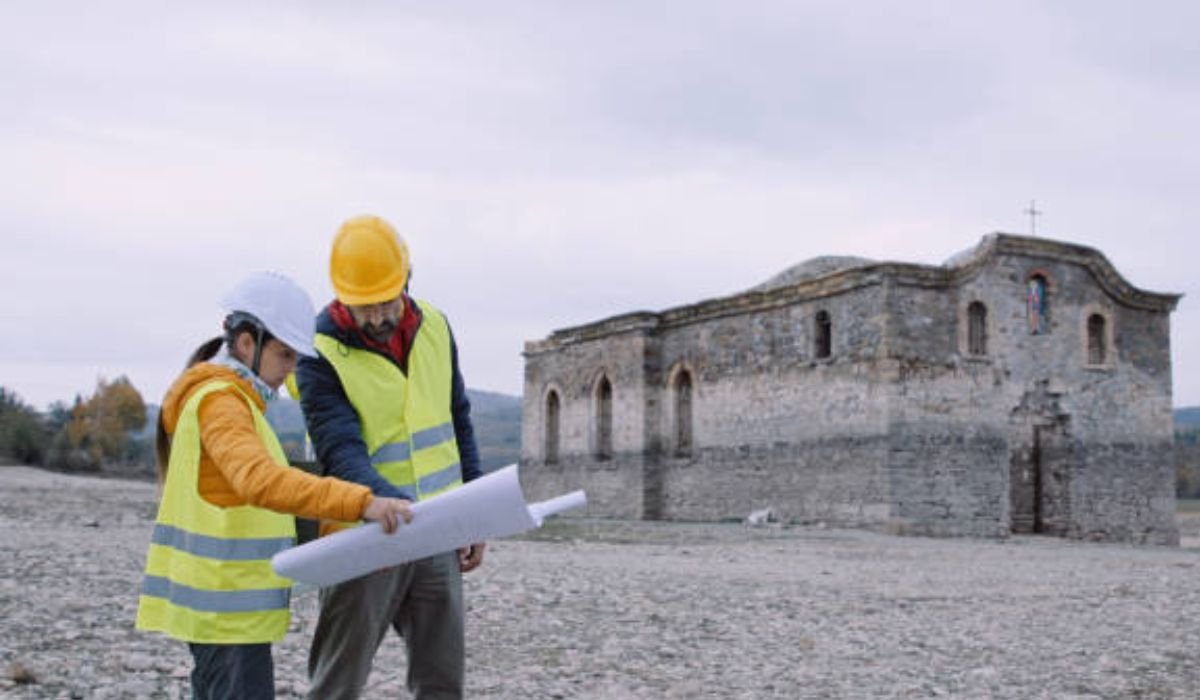Table of Contents
- Introduction
- Understanding Erosion and Its Impact
- The Importance of Structural Engineers in Erosion Control
- Key Responsibilities of Structural Engineers in Erosion Control
- Collaborating with Structural Engineers: A Step-by-Step Guide for HOAs
- Conclusion
Introduction
Residential communities face ongoing challenges from soil erosion, which threatens the stability and safety of shared infrastructure. For homeowners associations (HOAs), managing these risks is crucial to protecting both collective property values and residents’ well-being. Securing professional guidance from a qualified structural engineer offers a targeted and effective approach to erosion control, blending expertise in engineering best practices with up-to-date regulatory compliance.
Erosion often develops imperceptibly, as water runoff, wind, and the cumulative effects of human activity gradually degrade the integrity of the earth around buildings, walkways, and amenities. Acting swiftly to recognize and address these changes can make the difference between minor repairs and extensive, costly damage. A proactive approach—rooted in collaboration and technical insight—empowers HOAs to safeguard their investment and community environment against the increasing pressures of climate change and weather events.
Efficient erosion control strategies begin with a comprehensive site evaluation performed by a licensed structural engineer. Their skill set not only identifies existing vulnerabilities but also designs and implements solutions designed for long-term resilience and regulatory approval. For neighborhoods especially prone to soil loss, a partnership with these professionals is not simply preventive—it is indispensable for sustainable property management.
Understanding Erosion and Its Impact
Erosion is the process by which natural forces, such as water and wind, wear away soil, ultimately undermining the stability of landscaping, building foundations, and roads. This incremental degradation is often hastened by improper site grading, inadequate drainage, or construction that fails to account for topography and weather patterns. Over time, unchecked erosion may compromise water quality, destabilize trees or hillsides, and require significant repairs to restore safety and appearance. Key signs of erosion around residential properties include exposed roots, gullying, pooling water after rainfall, and newly visible cracks near sidewalks or structural foundations. To address these risks, many neighborhoods implement homeowners association erosion control programs, including measures like proper grading, retaining walls, and vegetation management, to protect property and maintain community safety. Regular inspections and preventative maintenance can significantly reduce the likelihood of costly damage. Investing in erosion control not only preserves the beauty of the landscape but also safeguards long-term property value.
The Importance of Structural Engineers in Erosion Control
Structural engineers bring specialized knowledge critical to diagnosing the underlying causes of erosion and implementing corrective measures. Their responsibilities extend beyond simply recommending generic fixes—they analyze the land’s physical characteristics, review existing structures, assess risks, and ensure that any modifications comply with municipal building codes and environmental regulations.
Whether consulting for new developments or responding to visible deterioration, the involvement of a structural engineer assures both technical excellence and appropriate permitting. This dual focus is significant for HOAs, which must balance the needs of multiple homeowners with long-term, sustainable stewardship of shared land and amenities.
Key Responsibilities of Structural Engineers in Erosion Control
- Site Assessment: Structural engineers begin with a detailed inspection to identify the specific locations and extent of soil loss. This often includes surveying topography, drainage patterns, vegetation, and construction details that may exacerbate risk.
- Designing Retaining Structures: Based on their findings, engineers design retaining walls, terraces, and other landscape features to stabilize slopes and contain displaced soil. Each structure is tailored to the site’s unique challenges and built to industry-standard durability and safety standards.
- Implementing Drainage Solutions: Ensuring adequate drainage is essential for preventing erosion. Engineers develop and oversee the installation of swales, French drains, catch basins, or regraded slopes to channel water away from vulnerable areas.
- Monitoring and Maintenance: Long-term erosion control depends on regular oversight. Structural engineers also help HOAs develop protocols for periodic inspections, identify potential weaknesses, and maintain installed systems to ensure continued effectiveness.
Collaborating with Structural Engineers: A Step-by-Step Guide for HOAs
- Identify Erosion Issues: Regular monthly and seasonal inspections conducted by board members or maintenance personnel help detect potential erosion issues early. Educational materials and example checklists, like those offered by the EPA for urban erosion, can also help train resident volunteers..
- Consult a Structural Engineer: Once an area of concern is identified, the board should engage a reputable, licensed professional for a diagnosis and recommendation report. This creates a formal roadmap for repairs or upgrades.
- Develop a Plan: After a site assessment, the HOA collaborates with the engineer to craft a comprehensive mitigation strategy, specifying materials, construction timelines, and budget allocations.
- Implement Solutions: With a plan in place, the HOA manages timelines, hires contractors as needed, and oversees construction to ensure fidelity to the engineer’s specifications.
- Establish Maintenance Protocols: To protect the investment and prevent future issues, the HOA formalizes a schedule of annual or biannual reviews and prompt repairs, thereby extending the value and security of community resources.
Conclusion
For HOAs seeking robust solutions to erosion threats, the value of working with a structural engineer extends far beyond compliance or repair—it establishes a comprehensive framework for safety, stability, and community pride. By committing to early detection, expert planning, and ongoing stewardship, HOAs ensure that their properties remain secure and attractive for future generations.
YOU MAY ALSO LIKE: Primerem: Superior Industrial Adhesion Primer for Durability











